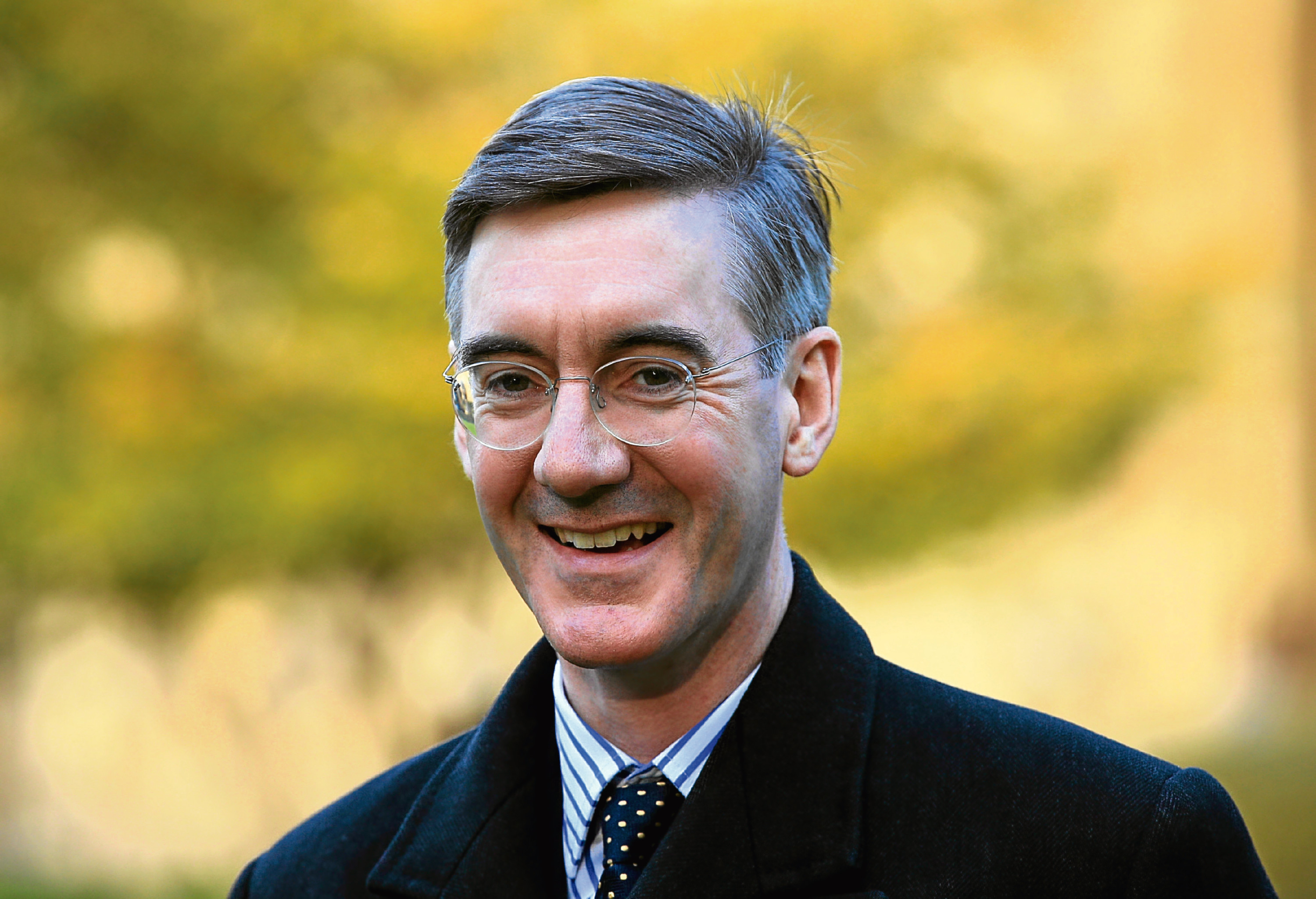Jacob Rees-Mogg attacked the “nanny knows best” approach of big state politics as he set out his small state agenda in a national newspaper column this week.
Those who have followed the Mogg’s career will remember he brought along his own nanny to canvass with him when he first contested a Westminster seat.
That was 1997 and the then boyish would-be Conservative politician gamely took on one Gordon Brown for the very safe Labour seat of Kirkcaldy and Cowdenbeath.
Rees-Mogg has since moved on, and not just from his nanny.
He eventually won North East Somerset for the Tories in 2010 and has subsequently made a name for himself on the backbenches as an entertaining maverick.
Although his views are unquestionably reactionary, he manages not to cause too much offence thanks to a mixture of old world charm and eccentricity.
Characters
Politics needs its Rees-Moggs on the right, just as it does its Dennis Skinners on the left. But no one seriously considers such caricatures as leadership material.
At least they didn’t until Jeremy Corbyn.
Corbyn’s ascendancy was only possible because of the shambles in his party following Ed Miliband’s general election defeat in 2015.
Several perfectly normal candidates put their names forward as successors but the grassroots had other ideas.
Electing Corbyn to lead them was a protest vote against the party mainstream – for losing that election to David Cameron and the Lib Dems, but also, bizarrely, for winning the previous three.
To anyone outside the Labour movement, the party looked like a mess.
Now they have recovered a little credibility, with a respectable showing by Corbyn in the latest election, and it is the Tories’ turn to implode.
Outside Scotland, they have not gelled since Cameron’s departure but this summer they have grown increasingly desperate, their angst manifested in the emergence of Rees-Mogg as a contender to rival Theresa May.
While he has denied such an ambition he has not explicitly ruled it out and, skilful media player that he is, appears to be relishing his time in the limelight.
Party activists have made him second favourite in any leadership contest, according to a poll for the Conservative Home website, and he is said to be sounding out his friends over a bid.
Refreshing
In a way, one can see the appeal. He speaks his mind and is refreshingly articulate as well as funny.
But the qualities that have propelled him to Commons stardom are exactly the opposite of what’s needed in a leader.
From his Westminster platform, away from ministerial responsibility, he can say what he likes, chide the government and the opposition, and champion a hard Brexit and the kind of socially illiberal Conservative values that have been out of fashion for more than a decade.
He would be hopeless at compromise, moderation, consensus seeking, political flexibility and so on, all the prerequisites one would expect of leadership hopefuls.
He and his backers must know his limitations but perhaps they reckon that a world that can give us a Corbyn can certainly stomach a Rees-Mogg.
In Scotland, we also have a maverick waiting in the wings, literally at the moment.
The SNP has struggled recently to make its case cogently, and has lost the support of many voters it once took for granted.
But has Nicola Sturgeon’s tenure really reached such desperado stages that a challenge could materialise from the busted flush that is Alex Salmond?
The daily appearance of her predecessor on the Edinburgh Fringe might be classified as comedy but it is surely an unsubtle stab at political rehabilitation.
When Salmond lost his Westminster seat in May he didn’t lose his ego and he has never eliminated himself from the political game.
Even before his show opened this week he was warming up the crowds with a critique of the current First Minister – over her handling of the Michelle Thompson affair.
Comeback?
Another Salmond comeback may sound absurd but in the silly season, with London toying with Rees-Mogg, anything is plausible.
The problem is that once the silliness is over, and people and parliaments return to work, notions that sensible folk dismissed as preposterous in August have already cemented themselves in the collective consciousness.
Public opinion has a worrying tendency to gravitate towards political oddballs – how else to explain the popularity of Boris Johnson, let alone Corbyn or, across the pond, Donald Trump?
Growing tensions between the nationalist establishment and its restless members could feasibly come to a head at the autumn party conference.
Who better then to represent rebellious separatists than the man who nearly delivered independence three years ago?
Salmond, promoting his festival performances, predicted Scotland would be independent within four years and vowed to play “whatever part is necessary” in a second referendum campaign.
We can’t say we weren’t warned.
